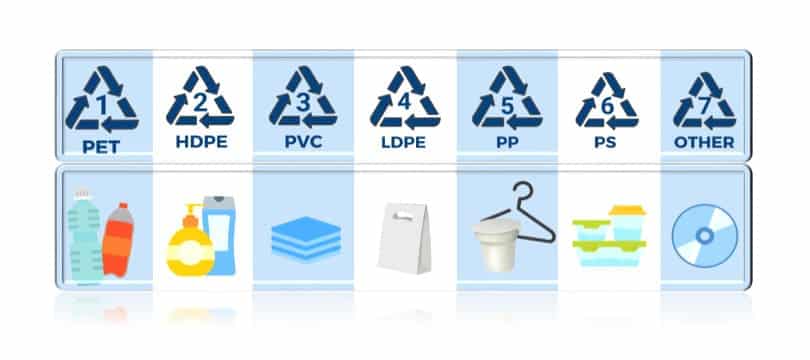PP, PS, PE, PET, PVC, Which One Should I Pick for My Packaging Solution?
By Hope Chan. Last updated: June 29, 2022

When it comes to packaging solutions that are cost-effective, plastics undoubtedly rank at the top.
Yet buyers too often find themselves in a situation where they are unsure what type of plastic material is suitable for packaging their products.
In this article, we’ll discuss the most popular choices of plastic raw materials in the market and help you find the one that suits you the most.
Common Types of Plastics Used in Blister Packaging:
- PS: Polystyrene
- PE: Polyethylene
- PP: Polypropylene
- PVC: Polyvinyl Chloride
- PET/PETE: Polyethylene Terephthalate
Now, we will elaborate on each plasstic type and see which one suits you the most.
1.PS (Polystyrene)
- Non-toxic, translucent
- Light, rigid, brittle
- Heat-resistant & acid-resistant
- Food-grade plastic material
- Can be manufactured into solid plastic form or foam form
- Fit to make takeaway containers, egg cartons, disposable tableware, etc.

2. PE (Polyethylene)
- Various densities (low, medium, high & ultra-high)
- Wide range of implications
1) Low Density PE
- Ductile;
- Fit to make shopping bags, plastic bags, food containers and all sorts of disposable packaging.
2) Medium Density PE
- Great density;
- Fit to make gas pipes, shrink wrap, carrier bags, etc.
3) High Density PE
- More rigid;
- Fit to make plastic bottles, water pipes, laundry detergent bottles, etc.
4) Ultra-high Density PE
- High density & abrasion resistant;
- Fit to make biomaterial for hip, knee, and spine implants, etc.
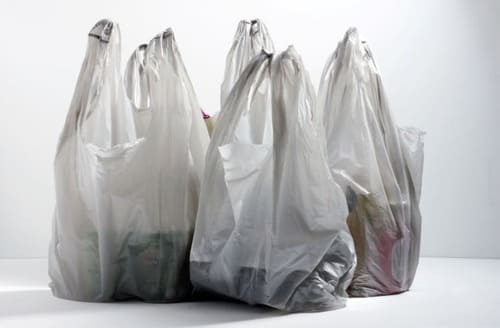
3. PP (Polypropylene)
- Non-toxic, transparent
- Stronger than PE plastics
- Stable, flexible, tough & durable
- Impact resistant, wear-resistant & heat resistant
- Fit to make laboratory equipment, medical devices, plastic straws, hot food containers, etc.
- Safe for packaging food and drinks
- Not quite recyclable
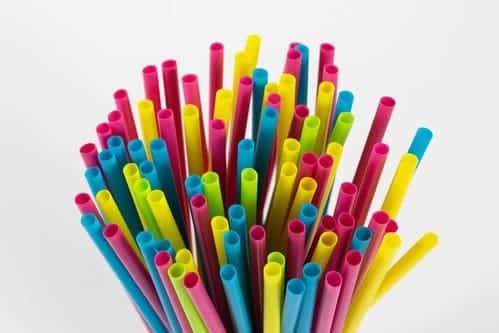
4. PVC (Polyvinyl Chloride)
- Clear PVC has a light blue tint
- Durable & have great tensile strength
- Resistant to heat, chemicals & alkalis
- Can be manufactured into flexible or rigid form
- Not safe for storing food items (may break down over time)
- Mostly used in toys, blister wrap, cling wrap, detergent bottles, piping, plumbing, etc.
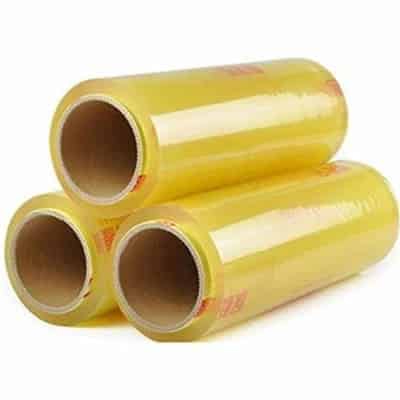
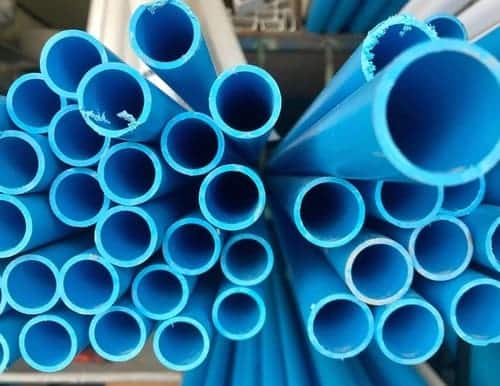
5. PET (Polyethylene Terephthalate)
- Clear PET is almost transparent
- Shatterproof, recyclable & eco-friendly
- Can be used in fibers for clothing
- Safe for packaging food and drinks
- Lightweight yet still offers high-strength barrier
- Suitable for packaging almost all kinds of products
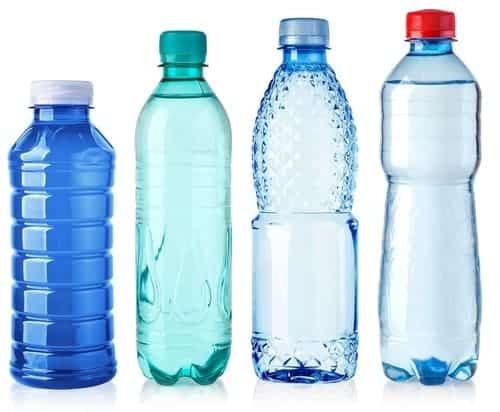
Key Points:
- All plastics could leach hazardous chemicals under certain circumstances.
- Safest options for storing food or drinks are PET, PE & PP plastics.
- Don’t forget to separate your wastes responsibly.
